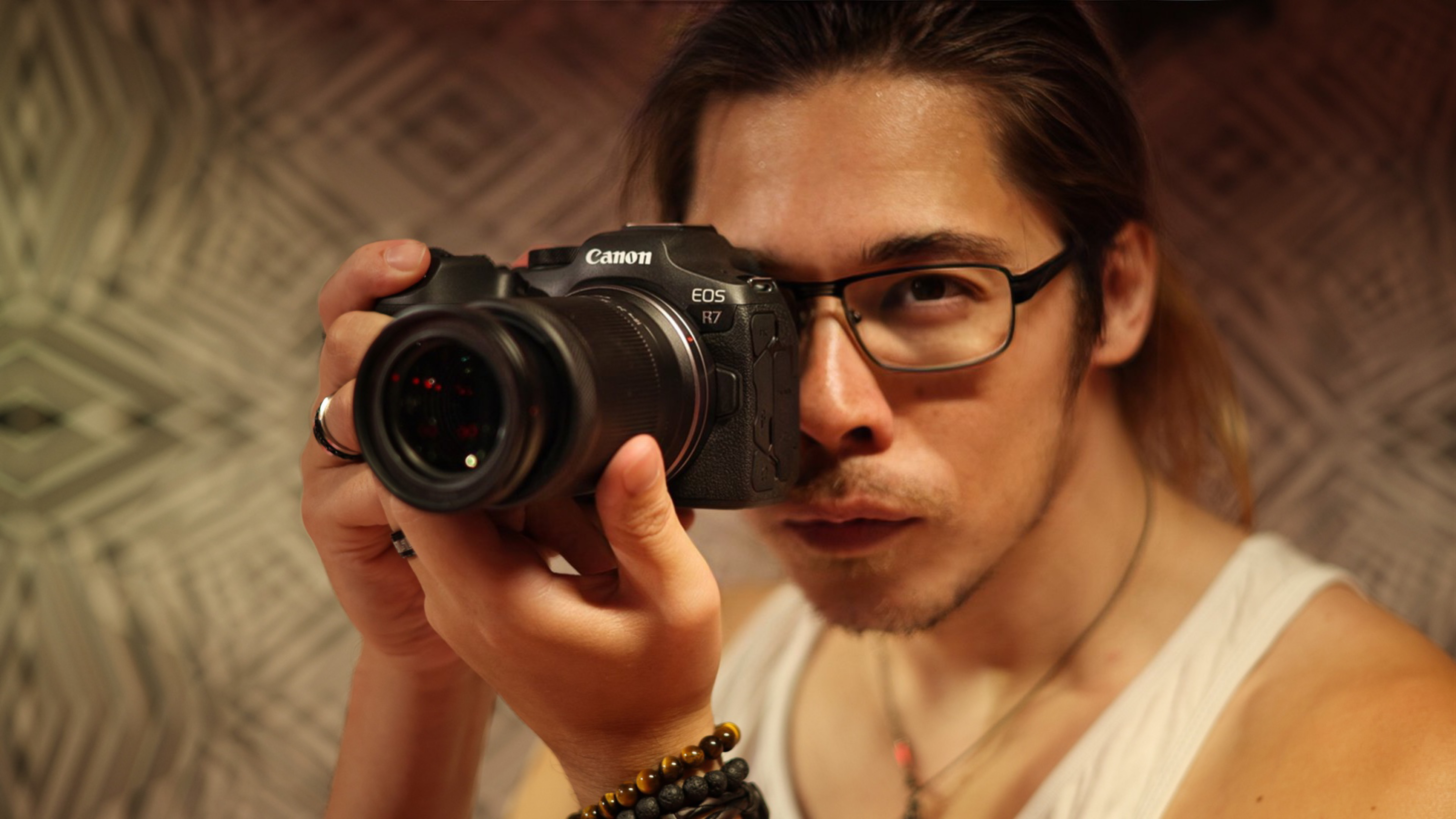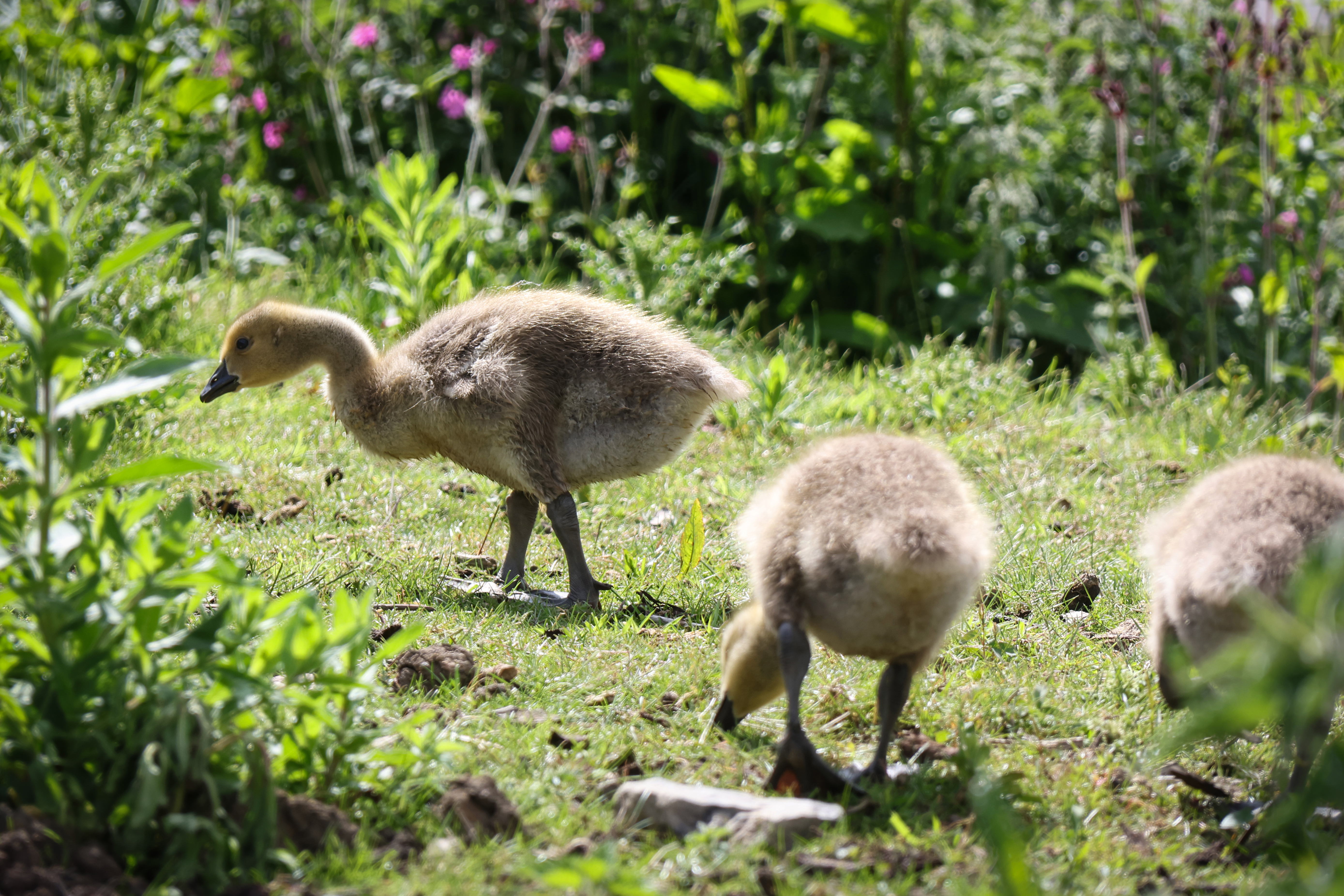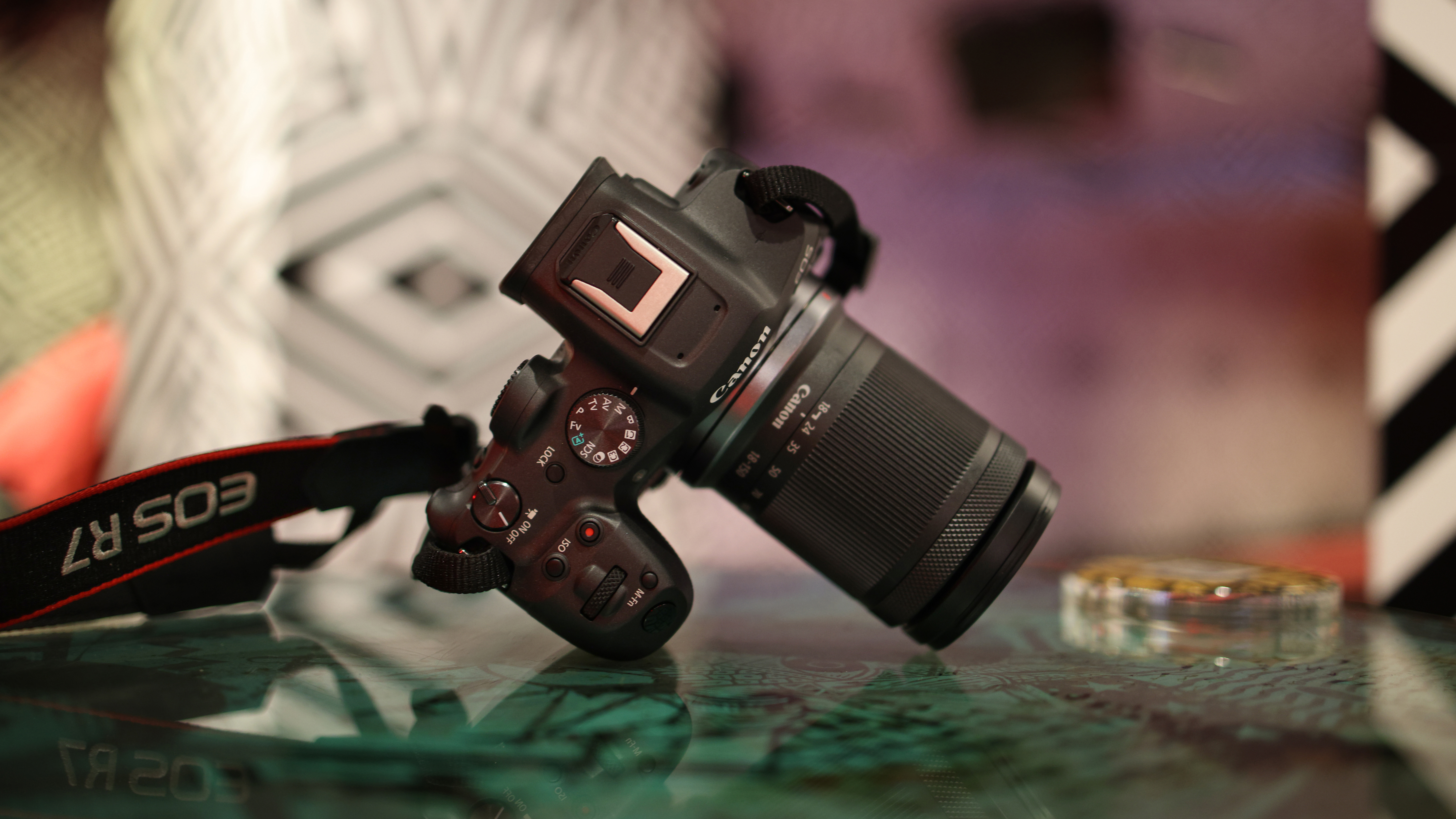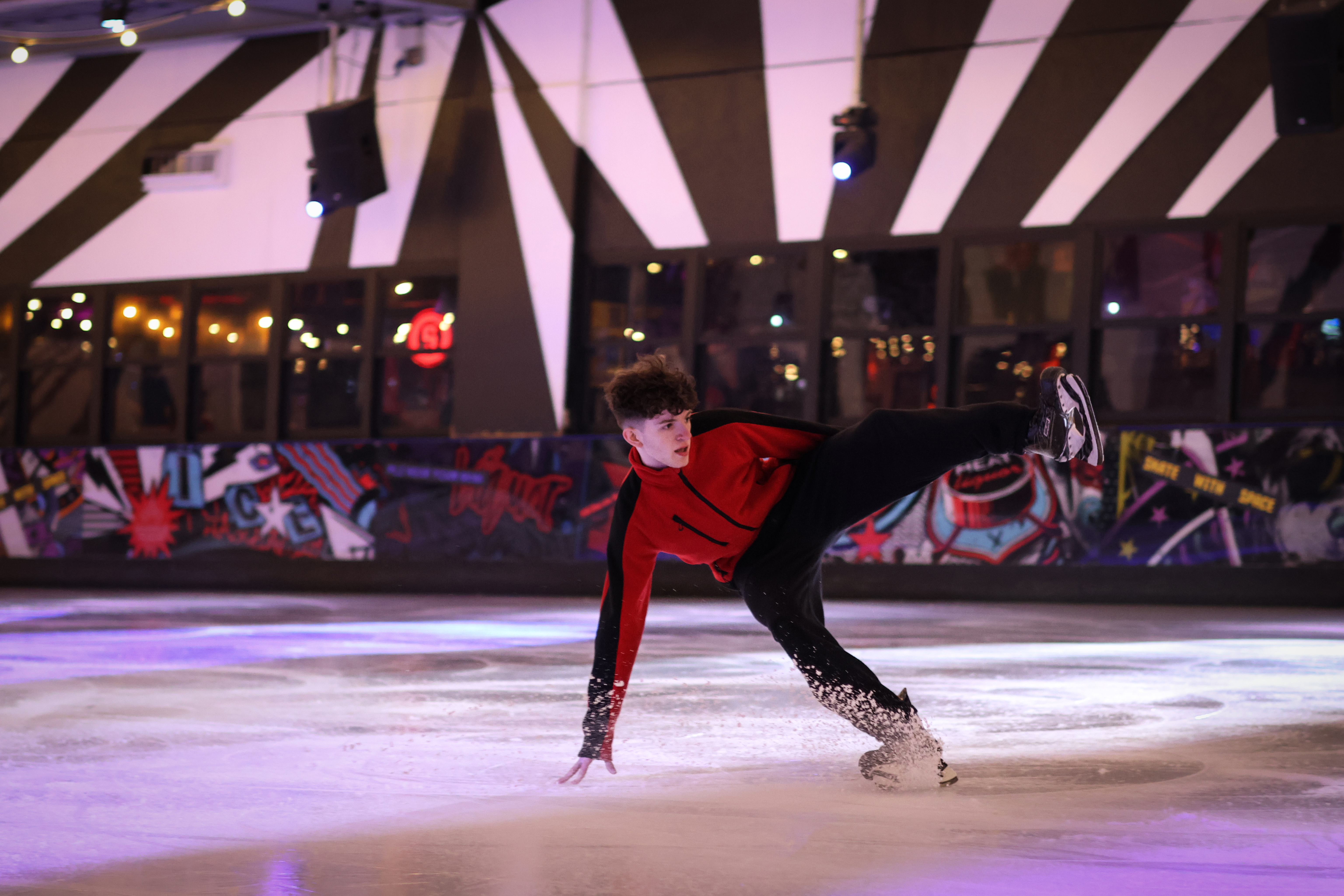7 reasons I'd buy the Canon EOS R7
I've been playing with the Canon EOS R7 extensively – these are my favorite things about it

The Canon EOS R7 is a camera that has been rumored since the launch of the original Canon EOS R back in 2018 – so expectations have been high, and the standards set by other manufacturers has risen dramatically.
However, after using the Canon EOS R7 extensively prior to the official announcement, I really think it has been worth the wait. I was a big fan of the Canon EOS 90D and the Canon EOS M6 Mark II, and obviously the Canon EOS 7D Mark II was a hugely popular body.
I can safely say that this camera takes the best thing about those APS-C systems and adds them to everything that's great about the EOS R system.
Here are 7 reasons I would buy this gem of a camera…
1) Professional-grade autofocus

While it's not positioned in any way as a professional camera, the R7 features the same pro-level autofocus system seen in the Canon EOS R3 – which is the same one featured in the Canon EOS R5 and Canon EOS R6.
The Dual Pixel CMOS AF II system boasts eye, face and body tracking of human and animal subjects, as well as vehicle recognition, and autofocus case studies to tailor to your given shooting situations.
2) In-body image stabilization (IBIS)
Canon's IBIS technology is arguably the best, along with Panasonic, of the full frame systems, offering up to 8 stops of compensation when used with specific image-stabilized lenses.
Get the Digital Camera World Newsletter
The best camera deals, reviews, product advice, and unmissable photography news, direct to your inbox!
Whether you're shooting video or using long lenses for stills (whose focal lengths are amplified by the APS-C crop factor), the IBIS ensures that your shots stay rocksteady even in challenging conditions.
3) Uncropped 4K 60p
Being able to shoot 4K at up to 60p with full sensor readout means that the Canon EOS R7 is a beast for video, offering high frame-rate shooting without any compromise to resolution.
In fact, video is all-round impressive on this camera, with oversampled 7K capture and the ability to shoot at up to 120p slow-motion in 1080p resolution.
4) New RF-S glass

The R7 is comparable in size to the Canon EOS R6, so mounting full frame RF-mount lenses doesn't make the body feel imbalanced or oversized in any way (well, in any way differently to its older brothers, at least).
However, Canon has introduced a new line of RF-S lenses specifically designed to take advantage of the APS-C sensor in the R7 (and the Canon EOS R10). These light, compact zooms are a fraction of the size and weight (and price) that they would be to cover a full frame sensor – and their quality is much better than their kit lens designation would suggest.
5) 32.5MP resolution
While the ceiling for APS-C cameras had been set at 24MP for years, Canon smashed that limitation with the 90D and M6 Mark II – and now the R7 follows suit, packing a 32.5MP sensor.
Not only does this offer a tremendous level of detail, but it works in conjunction with the 1.6x crop factor to give wildlife photographers even more room to fill the frame when lenses aren't quite long enough to reach the mark.
6) Professional-grade speed
Speaking to the previous point, the R7 is going to be a big hit with wildlife shooters. Obviously, though, having reams of resolution is little good if you can't get "the shot" – but that's not a problem with the ferocious speed of this camera.
It can rattle off 15 frames per second using the mechanical shutter, which is faster than the R3, and 30 frames electronically, which matches the Sony A1 and Nikon Z9. Now that's fast.

7) Repositioned control wheel
It took some getting used to, but I'm a big fan of the redesigned and repositioned control wheel on the back of the camera. Canon users will be used to a much larger wheel, positioned at the lower-right of the camera back. However, the R7 moves the wheel to the right of the electronic viewfinder – where it is now smaller, more 'toothed', and encircles the AF joystick.
Initially, my muscle memory was all over the place and stumbled to adjust my ISO (which is what I set the wheel to adjust). After an hour or so, though, my thumb got used to it – and it made so much more instinctive sense to have these two frequently fiddled-with inputs in the same place.
• Preorder the EOS R7 at B&H (USA)
• Preorder the EOS R7 at Wex Photo (UK)
• Preorder the EOS R7 at Ted's Cameras (Aus)
Read more:
Hands on: Canon EOS R7 review
Hands on: Canon EOS R10 review
Best Canon RF lenses

James has 22 years experience as a journalist, serving as editor of Digital Camera World for 6 of them. He started working in the photography industry in 2014, product testing and shooting ad campaigns for Olympus, as well as clients like Aston Martin Racing, Elinchrom and L'Oréal. An Olympus / OM System, Canon and Hasselblad shooter, he has a wealth of knowledge on cameras of all makes – and he loves instant cameras, too.
